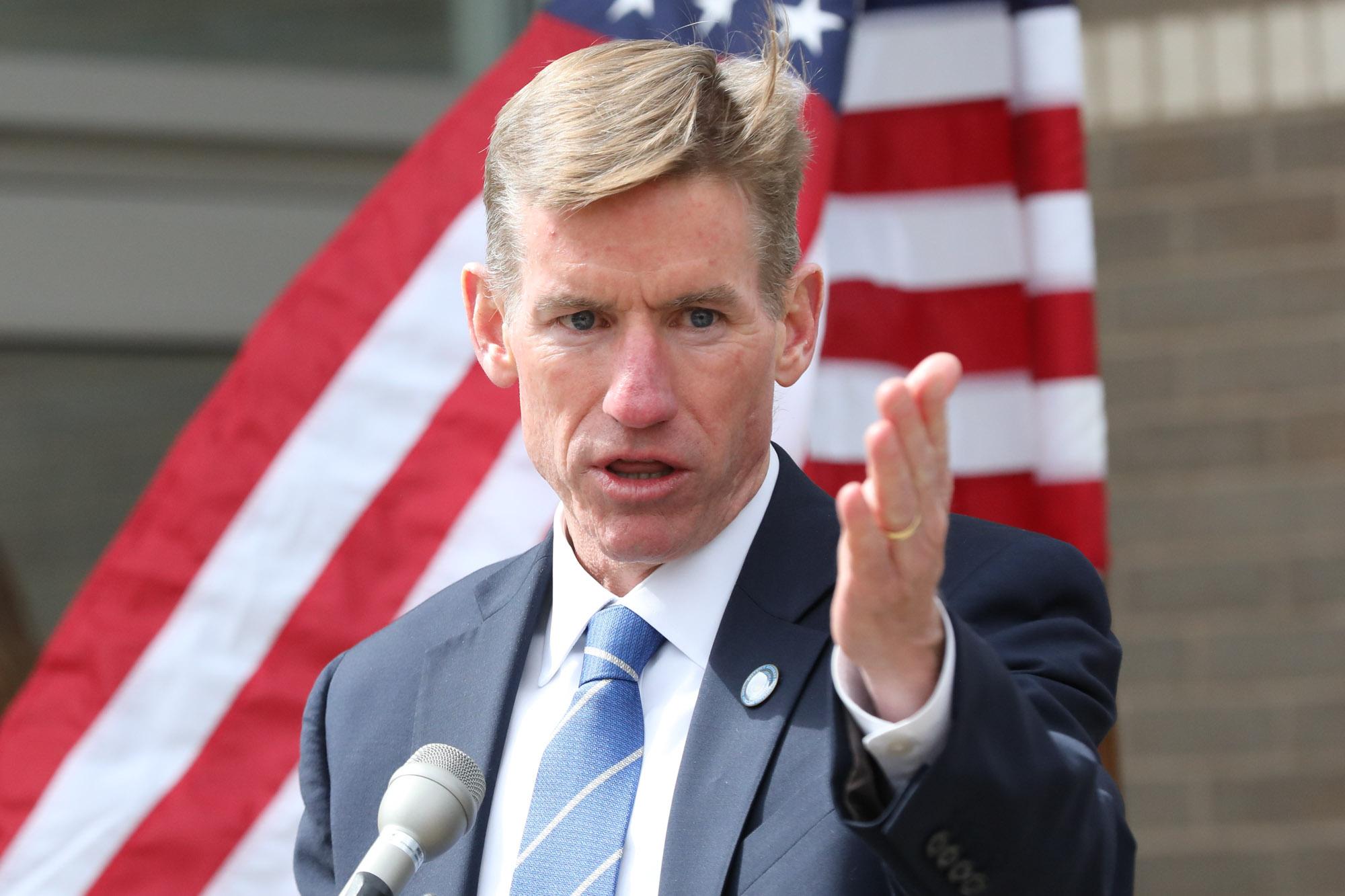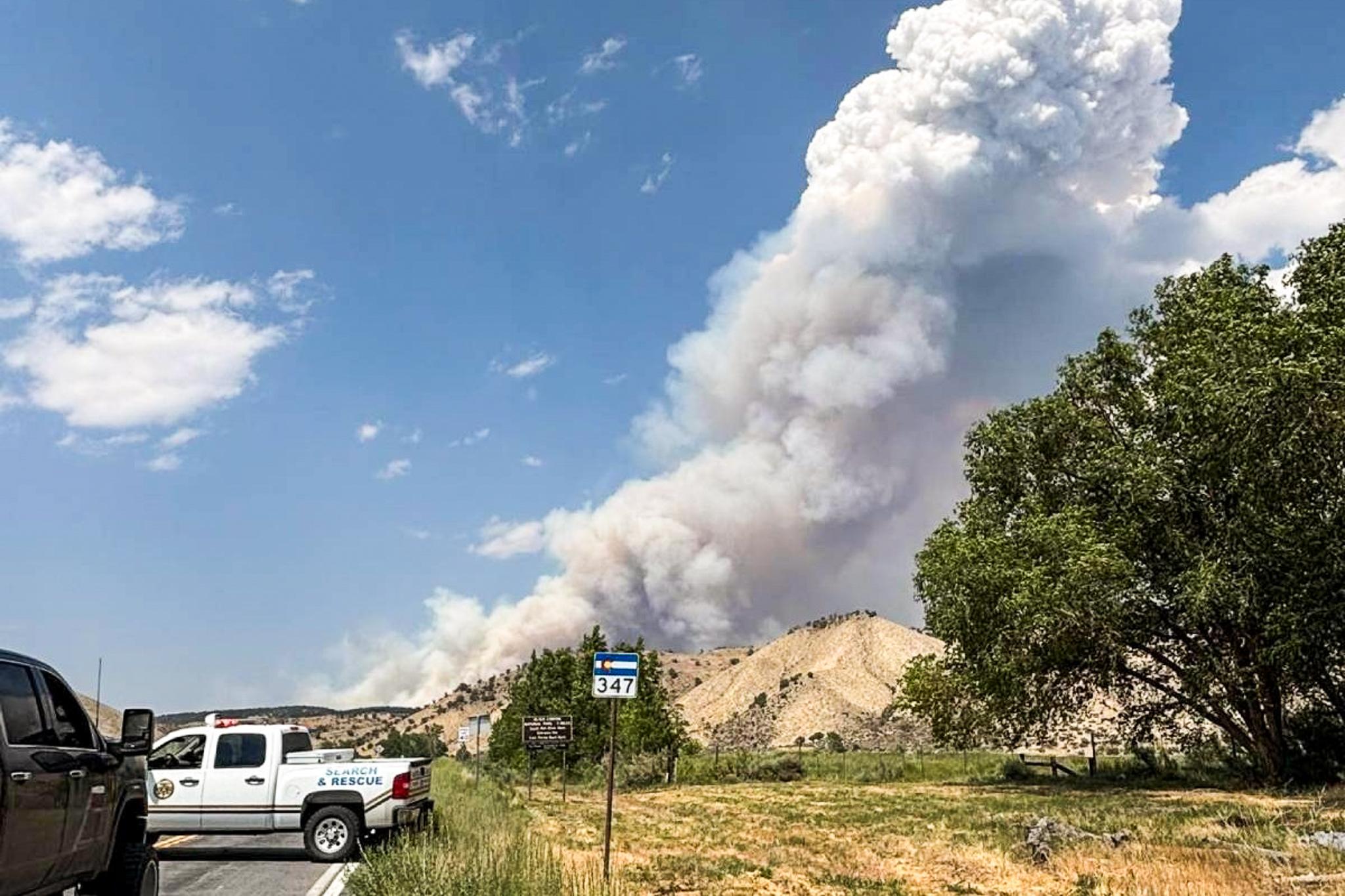There's yet more disturbing news about kids vaping nicotine.
Vaping jumped dramatically again among high school students between 2017 and 2018.
In fact, it was the biggest one-year spike of any kind in the 44 years the Monitoring the Future survey has been tracking substance abuse by young people.
"It is very worrisome," says Nora Volkow, director of the National Institute on Drug Abuse, which funds the survey. "We are very concerned about the increase in vaping."
The proportion of high school seniors who reported vaping nicotine in the last month rose to 20.9 percent in 2018, a nearly 10-percentage-point increase from 11 percent in 2017, according to results released Monday.
The increase was twice as large as the previous record for a year-over-year increase in vaping by 12th-graders, the researchers say.
Younger kids are increasingly vaping too, according to the findings, which were published online by the New England Journal of Medicine.
Among 10th-graders, nicotine vaping climbed at a record rate — doubling from 8 percent to 16 percent. That's the largest percentage-point increase ever recorded by the survey for vaping within the last 30 days for that grade.
The combined jumps in vaping by 10th- and 12th-graders was a record-setter for the survey, which has been underway since 1975.
The percentage of 8th-grade students vaping in the past 30 days increased too — from 3.5 percent to 6.1 percent.
The increases, based on a representative sampling of 13,850 high school students nationwide, translate to about 1.3 million more adolescents vaping in 2018, the researchers said.
"The policies and procedures in place to prevent youth vaping clearly haven't worked," said Richard Miech of the University of Michigan, who led the study. "Because the vaping industry is quickly evolving, new additional, vaping-specific strategies may well be needed in the years ahead in order to keep vaping devices out of the hands of youth."
Vaping involves the use of electronic cigarettes. Instead of burning tobacco like traditional cigarettes, e-cigarettes heat up a fluid containing nicotine, generating a vapor laced with the potent drug. While the devices are believed by many to be safer than traditional tobacco cigarettes, they are far from harmless.
The vapor produced by e-cigarettes deliver very high levels of nicotine, raising fears about the impact on the sensitive, developing brains of young people, and hooking a new generation on the potent drug.
The findings mirror the latest results from the National Youth Tobacco Survey, which also found a dramatic increase in vaping. Those findings helped prompt the Food and Drug Administration to announce plans to restrict the sale of flavored electronic cigarettes, which appeal to children.
Critics have been urging the FDA to get even tougher on e-cigarettes.
Another disturbing finding in the new survey is that more teens say they are inhaling "just flavoring" when they vape, increasing fears many adolescents don't realize they are inhaling high levels of nicotine.
The percent of 12th-graders who said they only vaped flavoring in the past year increased to 25.7 percent in 2018, up from 20.6 percent in 2017. The most popular e-cigarettes do not have nicotine-free options.
9(MDEyMDcxNjYwMDEzNzc2MTQzNDNiY2I3ZA004))







